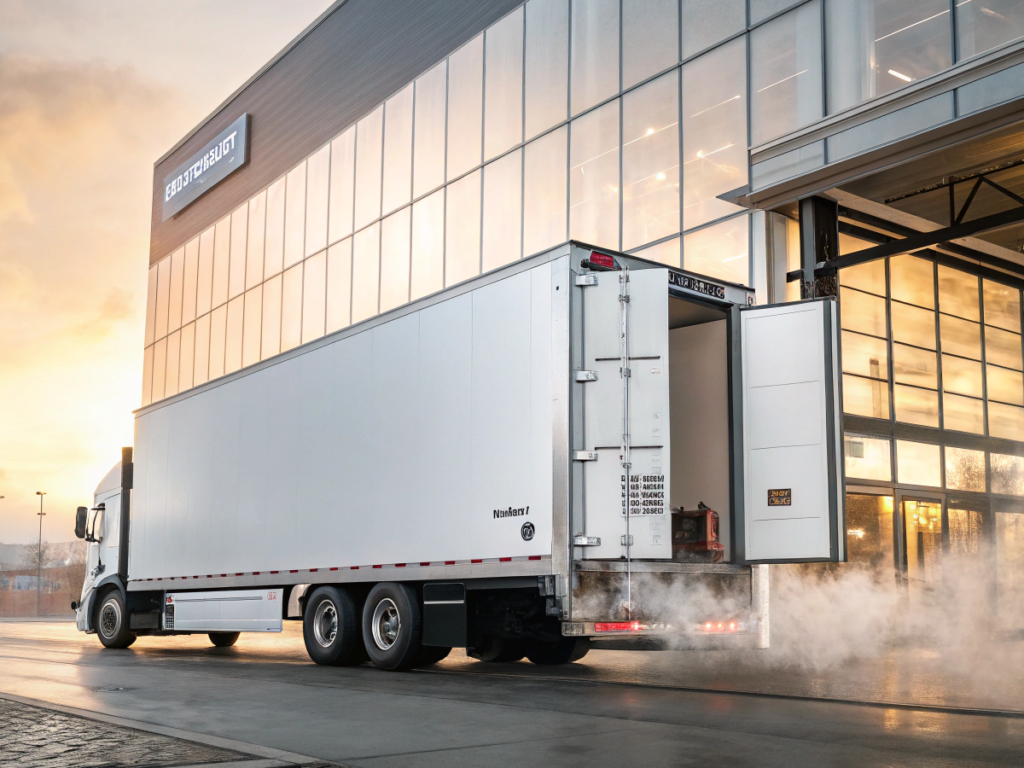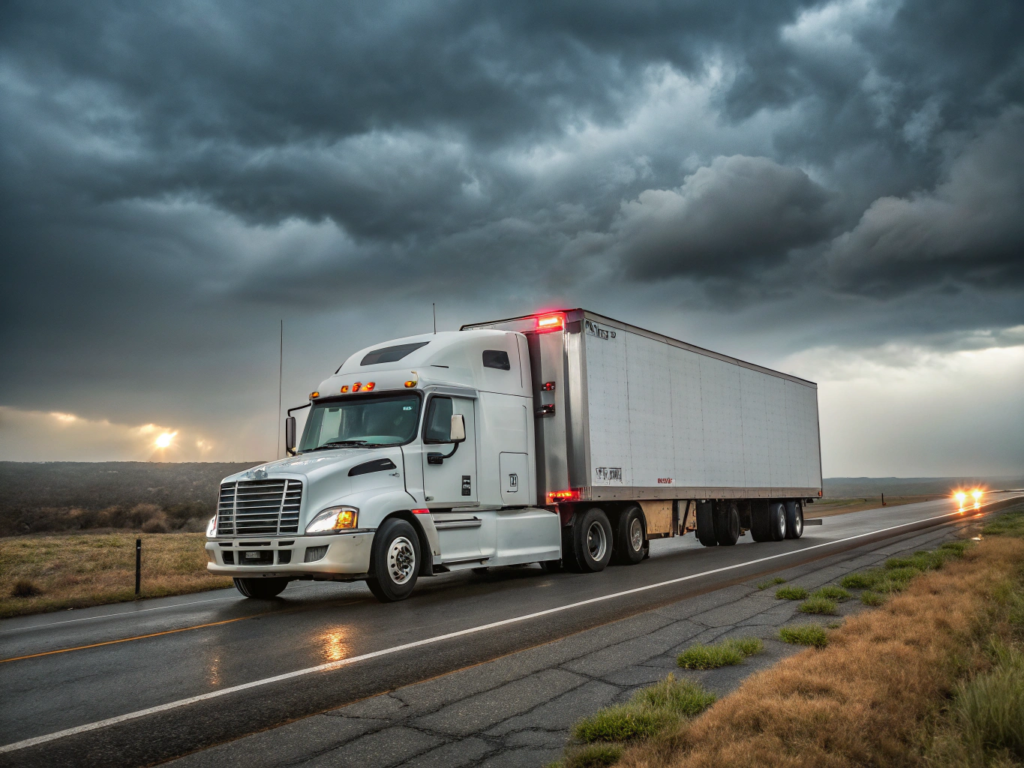
You’ve checked the battery. You’ve replaced the glow plug. But the reefer still won’t start.
In many cases, the real problem is a fuel solenoid valve — small, cheap, but often overlooked.
I’ve seen it too many times: a unit sidelined for hours, just because of this one part. Let's break it down.
What role does the fuel solenoid valve play in startup?
It either lets fuel in — or blocks it completely.
The solenoid valve opens when the unit starts, allowing diesel to reach the engine. No fuel = no ignition.

What actually happens inside
When the key turns or the unit calls for startup:
- Control board sends voltage to the solenoid
- The coil energizes and lifts the plunger
- Diesel flows to the combustion chamber
- Engine fires up
But if the coil is weak, stuck, or burned — the valve doesn’t move. You crank and crank, but nothing happens.
What are the warning signs of a failing valve?
It rarely fails all at once. Usually, it gets weaker first.
If the unit struggles to start, or dies right after firing, the solenoid is one of the first things I check.
Field signs from my customers
| Symptom | What it means |
|---|---|
| Cranking but no ignition | Valve isn’t opening |
| Start, then sudden stall | Plunger not staying energized |
| Clicking sound, no fuel flow | Coil is activating but valve stuck |
| Unit starts fine when warm | Weak coil fails when cold |
I’ve had fleets report these problems across both Thermo King and Carrier units — especially during seasonal temperature drops.
How do I check if the solenoid is the issue?
No need for fancy tools. A multimeter and test wire are enough.
Check resistance, apply power, and listen for that familiar ‘click.’
My 3-step quick test method
- Visual check: Look for rust, burnt pins, cracked plastic
- Ohm test: Use a multimeter — resistance should be around 10–20Ω
- Live test: Apply 12V/24V, see if valve clicks open
⚠️ If there’s no click, or resistance reads “OL” — it’s time to replace it.
How can we prevent solenoid failures in the first place?
You don’t want a truck stuck at a loading dock at 3AM.
Replace aging valves on schedule. Keep spares in stock. And train your techs what to look for.
My personal checklist for fleet managers
- Replace every 12–18 months in high-mileage trailers
- Clean terminals during every PM inspection
- Keep 2–3 spare solenoids on hand (especially in winter)
- Source from verified suppliers — don’t gamble on random listings
These are $50–$100 parts. But they can prevent $1,000 in lost time per breakdown.
Conclusion
If your reefer starts acting up, always check the solenoid first.






